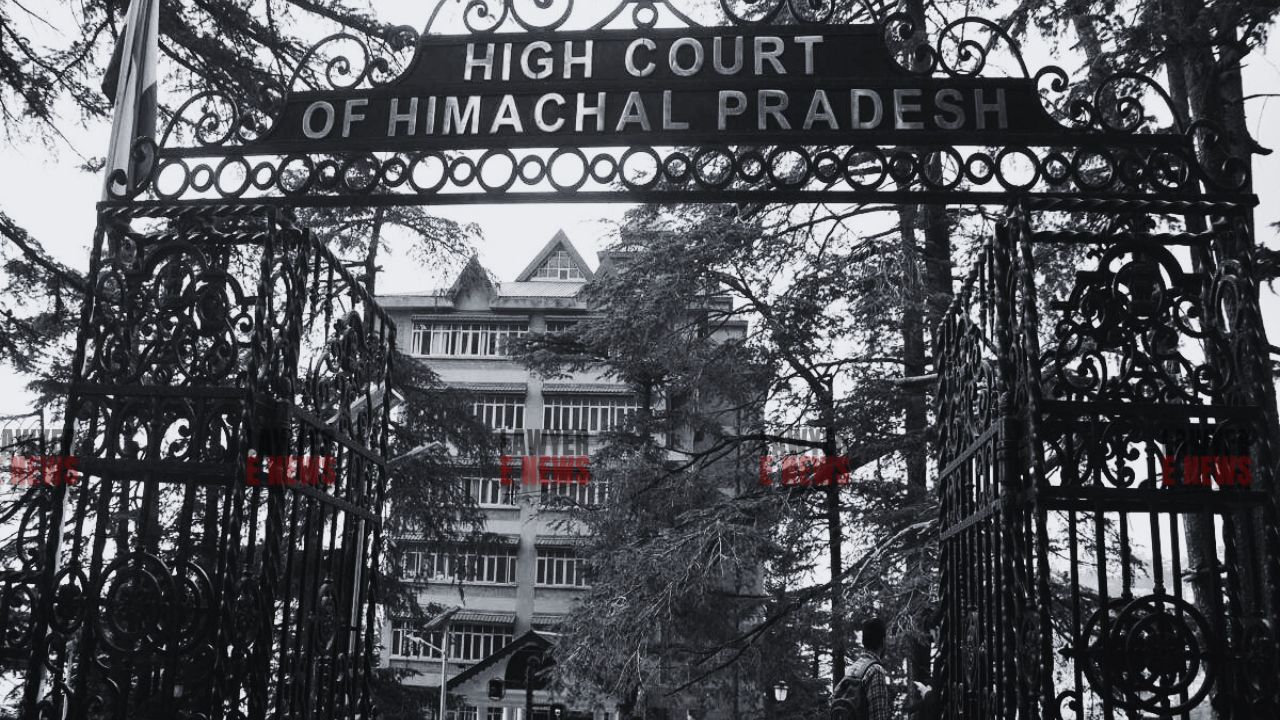-
by Admin
18 December 2025 9:13 AM



Himachal Pradesh High Court delivered a significant ruling affirming the conviction and sentence of Anil Kumar under Sections 307 (attempt to murder), 326 (grievous hurt), and 354 (outraging modesty) of the Indian Penal Code. The judgment underlined the evidentiary weight of injured witnesses and dismissed claims of procedural and factual inconsistencies raised by the appellant.
The appellant, Anil Kumar, was convicted by the Additional Sessions Judge, Nahan, for a brutal assault on the victim, who was attacked with a sharp-edged weapon (darat). The incident occurred on September 6, 2015, when the victim was in a forest trimming trees. Kumar attempted to molest her, and when she resisted, he inflicted grievous injuries, including chopping off her thumb and index finger. The trial court sentenced Kumar to life imprisonment under Section 307 IPC and two years of rigorous imprisonment under Section 354 IPC, with fines for both charges.
Challenging the conviction, Kumar argued procedural lapses, contradictions in the victim’s statements, and the absence of a proper test identification parade.
Justice Rakesh Kainthla, writing for the Bench, emphasized the sanctity and reliability of an injured witness’s testimony. Drawing from precedents, including Bhajan Singh alias Harbhajan Singh v. State of Haryana and Neeraj Sharma v. State of Chhattisgarh, the Court observed:
“The evidence of an injured witness must be given due weightage, as their presence at the place of occurrence cannot be doubted. The injuries themselves corroborate their account, providing a built-in guarantee of their truthfulness.”
The victim’s account was corroborated by medical evidence, with Dr. Deepika (PW6) confirming that the injuries were consistent with an assault using a darat. The victim's identification of the accused and her consistent statements during the trial further bolstered the prosecution’s case.
Kumar’s counsel argued that the test identification parade conducted in police presence was invalid under Section 162 CrPC. However, the Court clarified that such identification is not substantive evidence but only corroborative. Justice Kainthla noted:
“The substantive evidence is the identification of the accused in court. The absence of a Magistrate-supervised test identification parade does not render the victim’s in-court identification unreliable, especially when the victim had ample opportunity to observe the accused during the crime.”
Addressing claims of contradictions in the victim’s testimony, the Court cited Matadin v. State of Uttar Pradesh and observed:
“Minor discrepancies that do not affect the core of the prosecution’s case cannot lead to the outright rejection of the witness’s testimony. Courts must sift the grain from the chaff to uncover the truth.”
The Court dismissed the appellant’s claims of inconsistencies regarding the sequence of events and the victim’s recollection, attributing them to natural lapses in memory over time.
The High Court upheld the trial court’s findings, affirming the life sentence under Section 307 IPC and the two-year sentence under Section 354 IPC. It observed:
“The appellant’s actions reflect extreme brutality, warranting the imposition of the maximum sentence to serve as both retribution and deterrence.”
This judgment reinforces the legal principles surrounding the evidentiary value of injured witnesses and the judicial approach to minor procedural lapses. By affirming the conviction and sentence, the Himachal Pradesh High Court reiterated the need for strong punitive measures in cases of heinous crimes, ensuring justice for victims and upholding the rule of law.
Date of Decision: November 20, 2024
